Difference between Data Science and Data Analytics: Data Scientist Vs Data Analyst
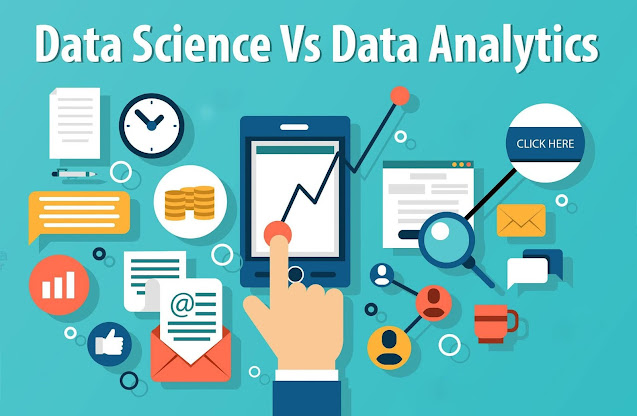 |
A very large amount of data is generated by users these days. These day-to-day data can be analyzed and interpreted to identify what users want or what is the general trend in the data and make respective innovations. We can implement revolutionary approaches in those data and create state-of-the-art solutions to the problem that we know of and also those problems that we don't know of. For this, we need scientific techniques like data science and data analytics. Data Science and Data Analysis are an interdependent field of study that combines the magic of statistics, mathematics, programming, and business to form one general solution.
It is important to understand the differences between them before choosing which aspect you are interested in. They are sometimes treated as two sides of the same coin. They may have different goals but the primary thing they need is the data. These domains are not only related but data analytics is often treated as the sub-discipline of data science. So, in this article, we will try to differentiate between data science and data analysis.
Data Analytics
Data analytics is that phenomenon that inspects, cleanses, transforms, and models data with the intent of discovering useful information and suggesting conclusions. It helps in decision making backed up with scientific facts for an organization. It involves gathering relevant data and processing them. It can be simple database focused or go into deeper statistical computations. Data analytics is mainly concerned with statistical analysis and mathematics. Here are some major steps in data analytics:
- Data Requirements Specification: The required data for analysis depends on the question of why data analysis is being carried out. Based on that question an appropriate data is selected.
- Data Collection: After the type of data is decided data is gathered. Data collection ensures that the collected data is accurate.
- Data Processing: The collected data may not be organized or may contain some irrelevant information. So, such data at first needs to be processed. Data processing converts unstructured data into structured. Then this structured data is passed for cleaning.
- Data Cleaning: The processed data is then cleaned to remove the irrelevant information.
- Data Analysis: Now the processed and cleaned data is analyzed using various tools and techniques. Different techniques are available to understand, derive, and interpret the data. Statistical Data Modelling techniques like correlation, regression and many more may be used to find the patterns in data.
- Communication: Finally, the output from the data analysis is communicated with the concerned authority and a relevant solution is suggested. Data visualization may also be employed at this stage.
Data Science
- Identify the Problem: At first, identify the problem. Who does the problem affect? How did the problem occur?
- Collect the Data: After you know the problem, collect the relevant data.
- Wrangle the Data: Raw data are not usable. So, wrangle the data. Process the data and also clean it.
- Explore the Data: Once your data is cleaned and structured. Study your data. You have to find out the obvious patterns and correlation between them. Find out the significant characteristics of your data.
- Perform in-depth Analysis: This is the most important step in your data science project. Here you apply various machine learning algorithms to find the hidden patterns as well as perform some predictive analysis to predict the solution.
- Evaluation: After you acquire a predictive model you need to make sure that the accuracy of that model is mentionable or better enough. At this step, you analyze your outcome and if it does not meet the client's requirement you need to repeat all the steps from number 3.
- Communication: Communication is one of the most important of your project. After you predict a certain solution from the given data you need to communicate that information with the client as seamlessly as possible.
Data Scientist Vs Data Analyst
Data Scientist and Data Analyst are the two hottest jobs in the tech industry these days. Data Scientist was awarded the hottest job of the 21st century by Harvard Business Review. They are in high demand. According to Forbes by 2020 AD, the number of data science and analytics job listing is predicted to grow more than 300000 listings. But what is the difference between those jobs? Before we discussed the difference between these respective domains, now we will discuss the difference between a data scientist and a data analyst.
- A data scientist is someone that has the ability to predict the future based on patterns from past data whereas a data analyst finds out meaningful insights in data.
- A data scientist needs to estimate the unknown while a data analyst needs to look at the known from a different perspective.
- A data scientist needs to have strong business acumen and data visualization skills whereas a data analyst need not those skills. Although some visualization skills are required for a data analyst.
- A data analyst solves the given problem while a data scientist formulates the problems whose solutions can benefit the organization.
- A data analyst does not need hands-on machine learning experience while a data scientist does.
- Degrees are compulsory for data scientists but not for analysts.
- In general, a Data scientist earns more than a data analyst.
Final Thoughts
Both data scientist and data analyst are the hottest jobs. Comparatively more work goes into becoming a good data scientist than an analyst, at the same time the reward is greater as well.
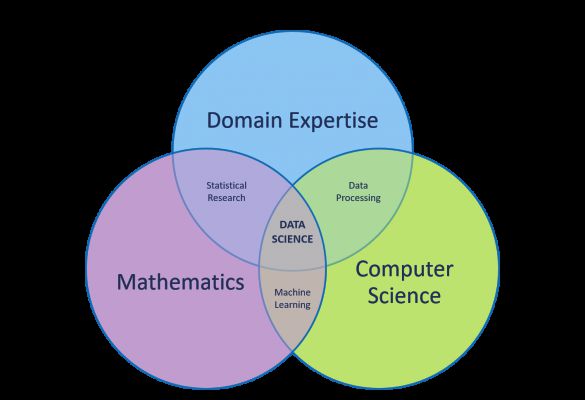
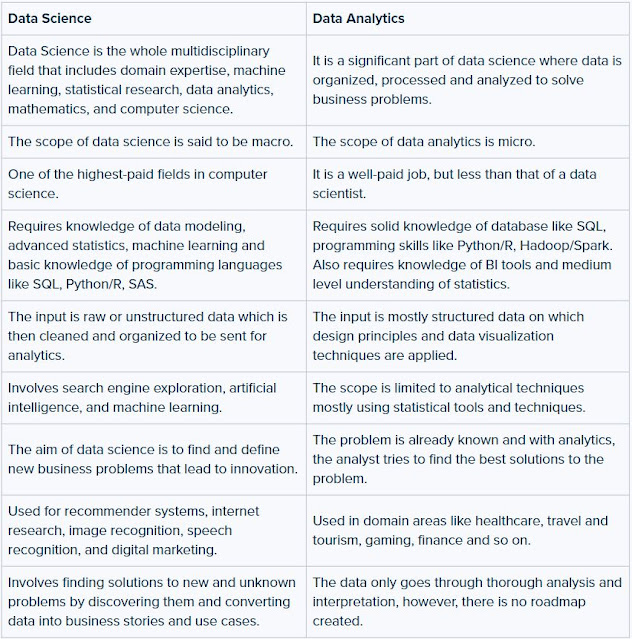
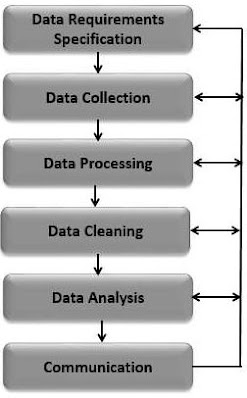
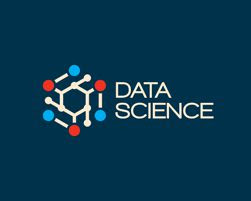
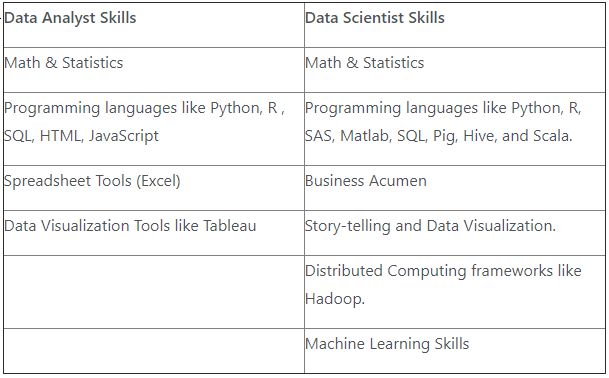
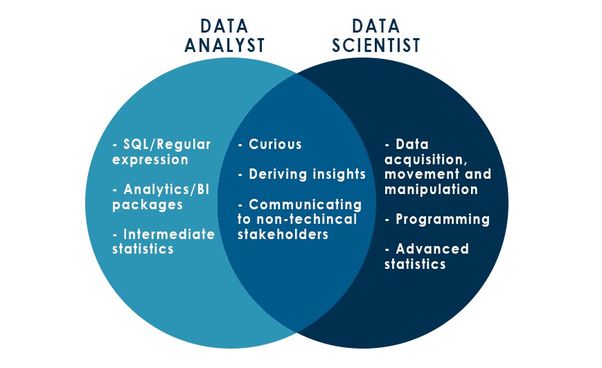
Post a Comment